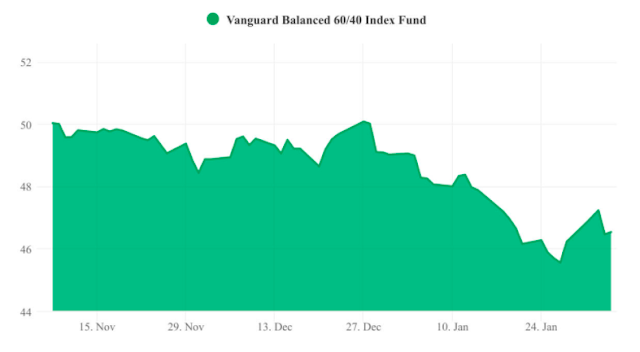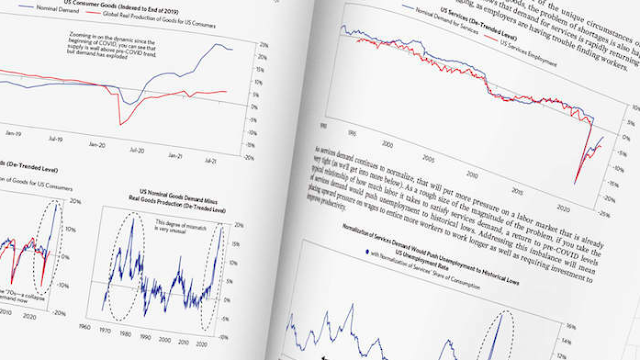Why the NFT market is heading for a sharp drop

In March 2021, auction house Christie's sold a JPEG file for $69.3 million, a record for a digital work of art. Ownership of the "original" JPEG called "Everydays: The First 5000 Days" was secured in the form of a non-fungible token (NFT). In 2021, investors invested $27 billion in this market . Meta will allow users to create and sell NFTs. There is only one problem: the NFT market will eventually collapse for any of a variety of reasons . NFT is a special trading code attached to the image. A secure network of computers registers the sale on a digital ledger (blockchain). The buyer receives proof of authenticity and ownership. NFTs are usually paid for with the Ethereum cryptocurrency. And they are stored using the Ethereum blockchain. NFT combines the desire to own art with modern technology. An ideal asset for the new wealthy members of Silicon Valley and their henchmen in finance, entertainment and retail investment. The booming and speculative NFT marke


